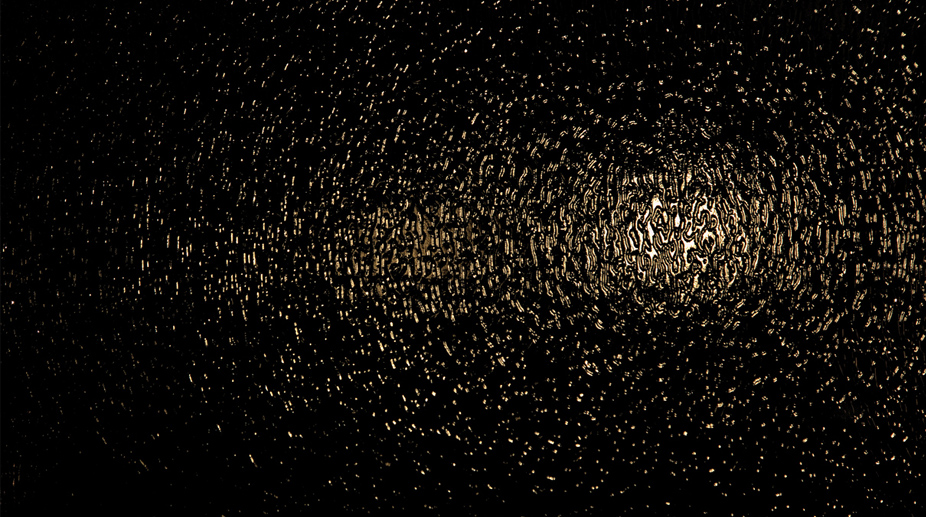New robotic arm to 3D bioprint directly on organs inside human body
Australian researchers have developed a miniature and flexible soft robotic arm which could be used to 3D print biomaterial directly onto organs inside a person's body.

Representational Image (Getty Images)
Ninety-seven per cent of the human body consists of stardust, claim scientists who have measured the distribution of essential elements of life in over 150,000 stars in the Milky Way galaxy.
The six most common elements of life on Earth – including more than 97 per cent of the mass of a human body – are carbon, hydrogen, nitrogen, oxygen, sulphur and phosphorus.
It is an undeniable fact that most of the essential elements of life are made in stars, researchers said.
Advertisement
"For the first time, we can now study the distribution of elements across our Galaxy," said Sten Hasselquist of New Mexico State University in the US.
"The elements we measure include the atoms that make up 97 per cent of the mass of the human body," Hasselquist said.
The new results come from a catalogue of more than 150,000 stars; for each star, it includes the amount of each of almost two dozen chemical elements.
The new catalogue includes all of the "CHNOPS elements" – carbon, hydrogen, nitrogen, oxygen, phosphorous, and sulphur – known to be the building blocks of all life on Earth.
This is the first time that measurements of all of the CHNOPS elements have been made for such a large number of stars. Researchers used spectroscopy to make measurements.
Astronomers in the Sloan Digital Sky Survey have made these observations using the APOGEE (Apache Point Observatory Galactic Evolution Experiment) spectrograph on the 2.5 metre Sloan Foundation Telescope at Apache Point Observatory in New Mexico.
This instrument collects light in the near-infrared part of the electromagnetic spectrum and disperses it, like a prism, to reveal signatures of different elements in the atmospheres of stars.
A fraction of the almost 200,000 stars surveyed by APOGEE overlap with the sample of stars targeted by the NASA Kepler mission, which was designed to find potentially Earth-like planets.
"By working in the infrared part of the spectrum, APOGEE can see stars across much more of the Milky Way than if it were trying to observe in visible light," said Jon Holtzman of New Mexico State University.
"Infrared light passes through the interstellar dust, and APOGEE helps us observe a broad range of wavelengths in detail, so we can measure the patterns created by dozens of different elements," said Holtzman.
Many of the atoms which make up your body were created sometime in the distant past inside of stars, and those atoms have made long journeys from those ancient stars to us.
While humans are 65 per cent oxygen by mass, oxygen makes up less than one per of the mass of all of elements in space.
Stars are mostly hydrogen, but small amounts of heavier elements such as oxygen can be detected in the spectra of stars.
With these new results, APOGEE has found more of these heavier elements in the inner galaxy.
Stars in the inner galaxy are also older, so this means more of the elements of life were synthesised earlier in the inner parts of the Galaxy than in the outer parts.
Advertisement